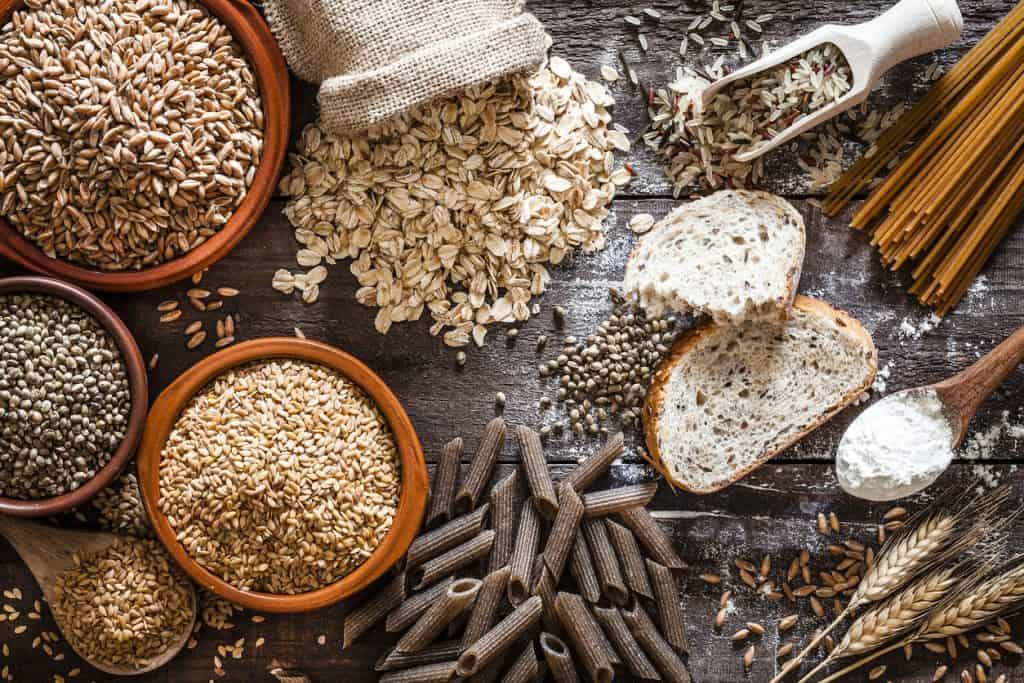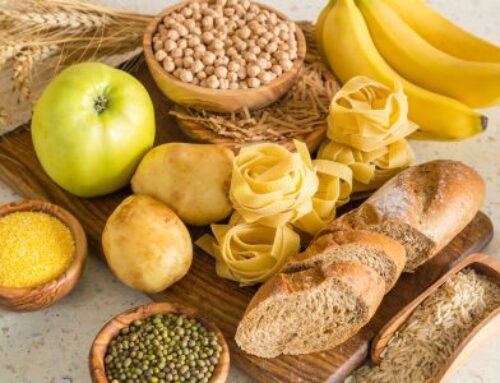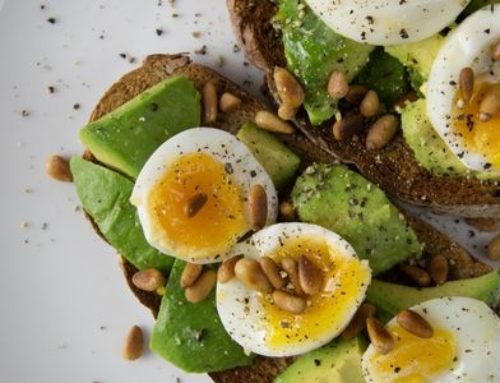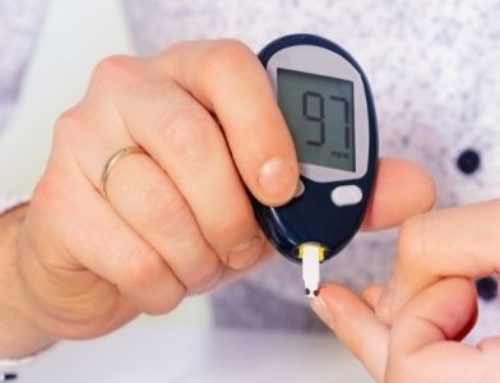
Wow carbohydrates have received a lot of bad press in the last few years!! From ketogenic diets to quitting sugar, the general consensus in the media is that carbohydrates are the devil. What’s more, this perspective has seeped into our own consciousness and changed the way we look at food.
“I just feel like by body doesn’t handle carbs very well.”
“Whenever I start eating carbohydrates, that’s all crave.”
“I get so bloated after I eat carbs.”
These are just some of the common reasons why many people avoid any and all carbohydrate rich foods.
Your body is built to process carbs!
Our digestive system is designed to break down your food into individual chemical molecules and suck those molecules up into your bloodstream, and your digestive system is very very good at what it does. Your body has evolved to breakdown carbohydrates through the enzymes in your saliva and small intestine and then use them for energy through a process called glycolysis.
As always in nutrition, there is an exception to every rule and in this case the exception is FODMAPs. FODMAPs are a group of fermentable carbohydrates that some people don’t tolerate very well. Find out more here
The main difference in our modern age is not how our body processes the carbohydrate, but how the carbohydrate gets to our body. Throughout human history in order to consume carbs we would have to pick plants, grind grains and cook meals from scratch. It took time and effort (and often money). It wasn’t easy to pick up a pizza and garlic bread on the way home and there was certainly no Krispy Kreme at the servo.
So, rather than demonising carbohydrate as a nutrient, or eliminating foods that are rich in carbohydrate, we can make some small changes to the way we eat them and feel a whole lot better:
1. Slow down
One of the biggest contributors to abdominal discomfort after eating carbohydrate rich foods like pasta, rice, bread and potatoes is just being overly full. It’s just so easy to overdo the delisciousness of carbs. Here’s why:
It takes time for your stomach to send your brain the signal that it’s full. In that time, however we can manage to get through a lot more of the food in front of us and by the time the brain gets the message, we have overdone it. This is particularly true of more processed carbohydrates like white bread (and pizza bases), pasta and crackers, as they don’t need much chewing. Whereas a similar amount of steak would take time to cut and gnaw through.
If you want to help your body manage the volume of carbohydrates, slow down you’re eating and be conscious of how much you are consuming. Put your knife and fork (or the food) all the way down between bites and then wait till you finish that mouthful to pick them back up again. It feels stilted but you’ll be surprised what an impact this mindful eating can have.
2. Add vegetables
Fibre is the indigestible part of plants and vegetables. Fibre helps to slow the rate of carbohydrate breakdown and absorption, which lowers the GI of your whole meal. In my article, 5 ways to improve blood sugar levels, I go into how this works (with a lego analogy). Check it out.
Here are some easy ways to add in veg and lower the GI of your meal.
- Mix your pasta with spiralized veg or veggie peels to bulk out the meal
- Add extra veg to your sandwich
- Put tomato or cucumber slices on your crackers
- Mash up your potato with parsnip, pumpkin, carrot or cauliflower
- Add finely diced cauliflower to your risotto
3. Reduce processed sugar
I’m not a big fan of cutting things out, simply because any black-and-white statement in nutrition is usually less accurate. However, reducing processed sugar is a helpful way improve our overall diet quality and long term health.
If you think about it, sugar cane has to go through many processes before it becomes the sugar in your coffee or biscuit. All these processes that refine sugar make it more concentrated. You would have to eat an awful lot of sugar cane to get the equivalent amount of sugar in a packet of biscuits, but it can be so easy to polish off a packet of Tim Tams.
Try:
- Reducing the sugar in your baking recipe by 1/3
- Picking 2-3 sweet things to enjoy each week rather than everyday
- Reduce your soft drink and cordial or swap to an infused mineral water
- Swap the chocolate bar for a muesli bar or nut bar (which have less sugar)
- Skip the confectionary section when you do your grocery shop.
If you want to know more about sugar and striking the right balance, check out these articles by Kate Freeman, Nutritionist :
4. Exercise
Everyone’s carbohydrate and energy needs are different and are influenced by how much we move. The more exercise you do the more energy you need, which means the more carbohydrate you can afford to eat within your energy budget.
What’s more, when we exercise our muscles become better able to use carbohydrate as fuel due to an increase in insulin sensitivity. PLUS the more muscle we have, the more we carbohydrate we are likely to use as fuel. It’s a WIN WIN WIN!!!
Build a little bit more movement into your day:
- Getting up and doing a lap of the office every hour.
- Meeting friends for a walk rather than a meal.
- Doing a lap of the block before you walk through your front door in the afternoon.
- Using a fitness app or using online videos.
- Doing squats or lunges while you cook dinner.
If you’re unsure about whether these things will help you to feel better when eating carbohydrate foods, or if you think there is more to it, then come and see one of our dietitians. We can help you figure out the right balance of carbohydrate or whether other gastrointestinal issues need to be investigated.
If you’d like further help with your nutrition please click below:



